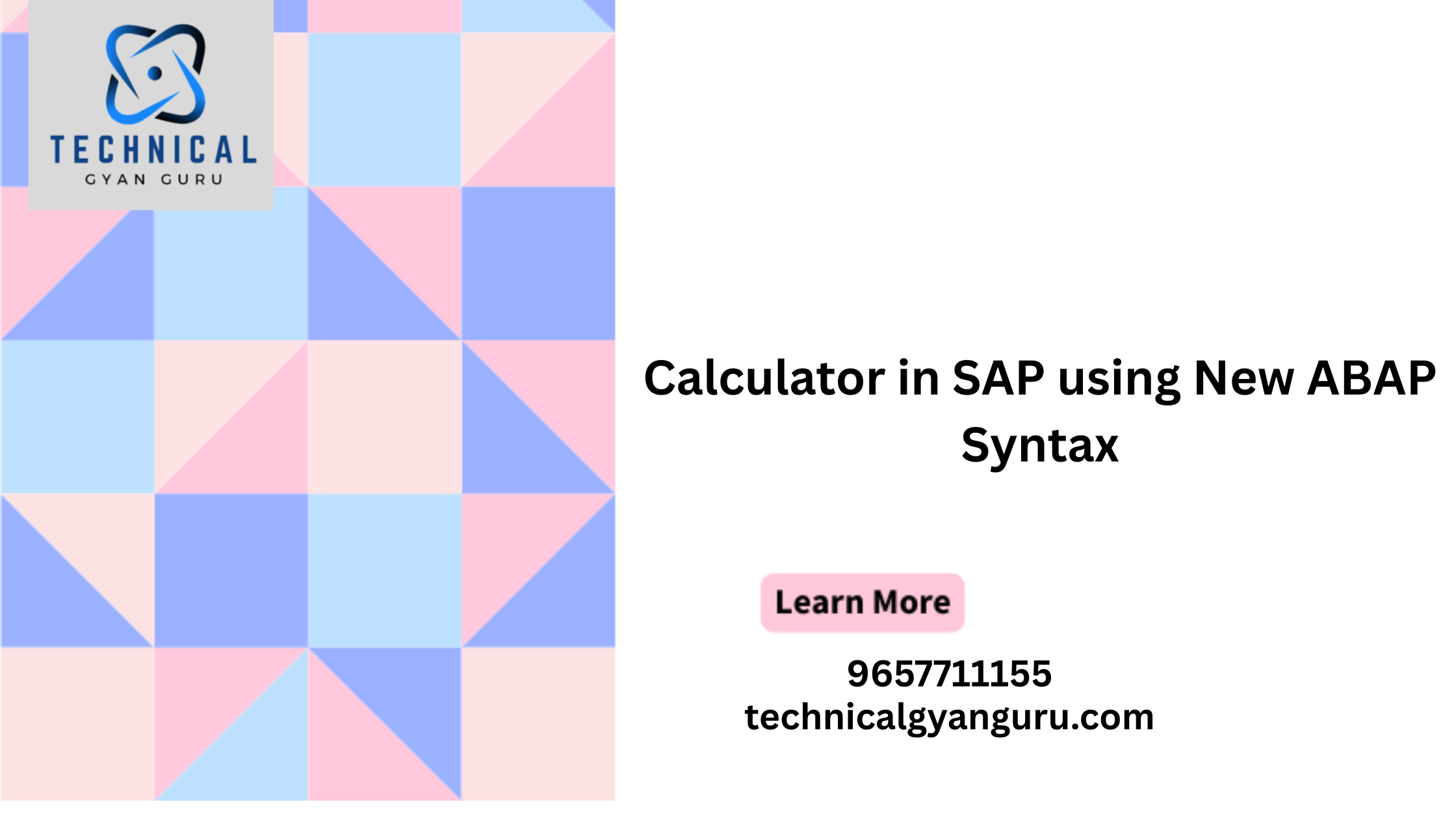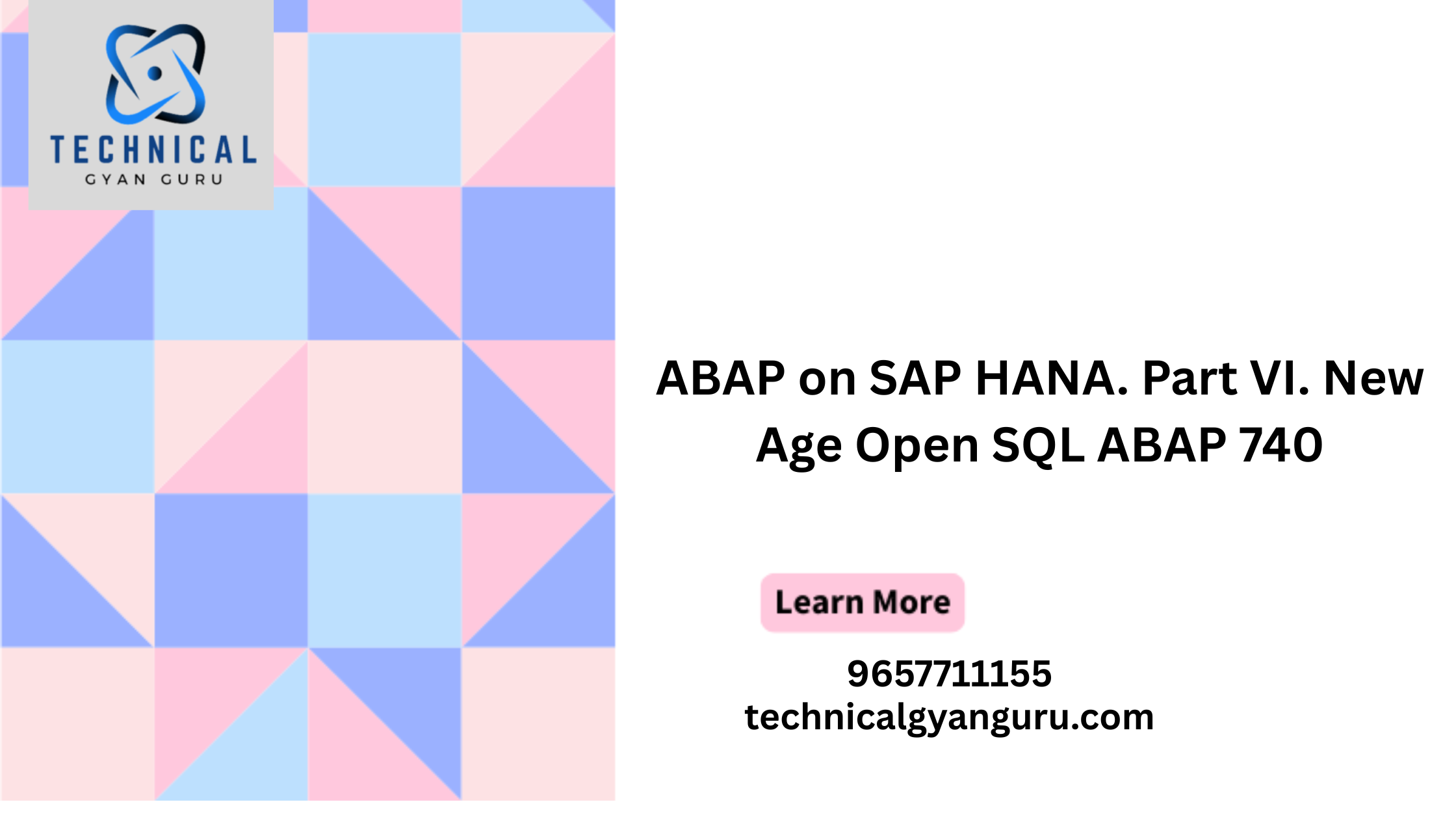
Intelligent Document Recognition – Making Invoices ERP Ready
Intelligent document recognition (IDR) is an important technology for growing companies. With growth comes larger invoice volumes and a greater strain on resources.
A new PayStream Guides report features the way that perhaps of the greatest test confronting both undertaking and SME associations is the treatment of huge volumes of both paper and email solicitations – most of which are not gotten as EDI or XML.
Along these lines, numerous AP divisions dedicate a huge part of their opportunity to the manual contribution of receipt information into their ERP – a tedious and mistake loaded process in ideal circumstances.
Fortunately most ERPs yield solicitations in PDF design, which is very viable with the A.I. furthermore, computerization as of now accessible in savvy report acknowledgment advancements.
Regarding ERPs that produce solicitations in different arrangements (like XML, Succeed, EDI, or JPG among others), fortunately wise catch innovation can deal with these configurations also.
How Shrewd Documentation Acknowledgment Functions
To group a receipt, IDR utilizes data put away in a data set to perceive reports as per their format.
When the archive is perceived, IDR gathers information from the information handles that have been planned by decides that apply to that seller or association. This information is then sent into a business interaction, for example, a receipt handling application, endorsement work process or to the ERP.
Some IDR advances are electronic just, in that they can deal with electronic arrangements. Others can deal with paper solicitations also by filtering the data and afterward planning the information fields in like manner.
Canny OCR handles both paper and electronic configurations consistently.
Paper solicitations are examined and naturally perceived by the product, the field information is planned and the receipt status is accessible in a focal dashboard. Electronic solicitations, in any configuration, are immediately perceived and handled likewise.
For organizations that are hoping to smooth out their AP processes, Keen OCR joined with work process makes a consistent interaction that diminishes handling expenses and rates up endorsement process durations.
High level IDR
Clever OCR utilizes both A.I. also, catch robotization to filter paper and electronic receipt records, transforming the data into valuable information. The cloud-based programming consistently coordinates with famous ERPs and requires insignificant I.T. association. It flawlessly incorporates with NetSuite, SAP Business One, SAP ECC, Intaact, Elements, Infor, QAD and that’s just the beginning
SAP Intelligent Document Recognition
Many suppliers and customers send and receive Payables invoices electronically via email. Oracle Fusion Cloud ERP offers Intelligent Document Recognition (IDR), a fully integrated invoice recognition solution. It extracts invoice information from the emailed documents to create invoices and imports them into Payables.
IDR provides a seamless and secure user experience and supports all stages of the invoice lifecycle. As you use the IDR service, it uses machine learning to improve the extraction. It learns from corrections that you make to invoices to understand how to extract invoice fields when it receives future invoices from a supplier. As a result, invoice recognition improves over time.
IDR enables our customers to quickly process supplier invoices from entry to payment. This end-to-end solution requires minimal setup and configuration, reducing the total cost of ownership and enhancing capital management.
High-Level Product flow:
- IDR Inbox receives emails with invoices attached.
- IDR processes the invoices and extracts the relevant information.
- Invoices appear in the Scanned Information tile on the Invoices landing page with one of the following statuses:
- Incomplete: implies that they need attention
- Not Validated: implies that all expected fields are recognized
- You can correct the Incomplete invoices using the Interactive Viewer by selecting the correct information on the invoice.
- IDR learns from your corrections to improve extraction on subsequent invoices.
You can see the number of scanned invoices in the Scanned infotile on the Invoices landing page. However, this tile only shows the number of invoices that are either incomplete or not validated.
| Scanned Information Value | Explanation |
|---|---|
| 0-7 | Invoices scanned in the past 7 days |
| 8-14 | Invoices scanned in the past 8 to 14 days |
| 15+ | Invoices scanned over 15 days ago |
The Recent infotile shows the number of Validated invoices.
Related Topics
- Introducing the Invoices Landing Page
Overview of IDR Configuration
Before you start using IDR to create invoices, you must configure its various components that work together.
Here are the 4 major steps that you must follow to set up for IDR.
- Configure the scanner settings for scanning paper invoices.
- Review the Intelligent Document Recognition Options.
- Confirm the designated email accounts.
- Send and verify invoices.
Configure Scanner Settings
For best results, have your suppliers send native text-based PDF invoices originally generated by a computer. Native PDF invoices allow IDR to read the characters exactly as they were originally created, eliminating many recognition errors and resulting in higher accuracy. However, you can also scan paper invoices and email the scanned image-based documents for invoice recognition.
While sending scanned images of paper invoices, follow these specifications to minimize optical character recognition errors.
- Configure the scanners to produce TIFF or PDF documents. For best document quality, use the International Telegraph and Telephone Consultative Committee (CCITT) Group IV compression at 300 DPI.
- If available, configure scanners to use dynamic, or adaptive thresholding to produce high-quality documents when scanning invoices with color or shaded backgrounds.
- Ensure that page size is either Letter (8.5 inches x 11 inches) or A4 (8.3 inches x 11.7 inches). Larger size pages could cause performance issues.
- When possible, scan the document in the correct orientation. With incorrect orientation, Intelligent Document Recognition tries to automatically rotate and orient the documents correctly.
Manage Intelligent Document Recognition Options
Navigate to the Manage Intelligent Document Recognition Options page from the Functional Setup Manager and configure the IDR options.
The following decisions play a role in determining the IDR options that you want to configure:
- How you derive your Business Unit.
- How you like to recognize your invoice lines.
- How you calculate and display the tax and freight.
- How you handle service and utility suppliers.
This is also where you find the IDR activation status and the unique email that Oracle has assigned to you. The status must be active. Once the status is active, you need to send all invoices as attachments to this email address. Oracle recommends that you use a corporate email address and configure mailbox rules to forward the invoices to the Oracle email address, as opposed to having suppliers send directly to it.
Until you save and close this page the first time, the Save, and Save and Close buttons will display as Activate, and Activate and Close. This means that IDR isn’t yet activated for you. To activate IDR for processing invoices, click the Activate or the Activate and Close buttons. This enables IDR and begins the supplier synchronization process that exports suppliers to IDR for matching. When you check the Manage Intelligent Document Recognition Options page after successful activation, you notice these changes:
- Status changes to Active.
- The Activate and the Activate and Close buttons change to Save, and Save and Close.
You must wait at least 24 hours for changes to your supplier details to reflect in IDR. This includes modifying suppliers and purchase order formats. Keep this in mind while testing.
Configure IDR Options
- Navigate to Setup and Maintenance > Financials > Payables > Manage Intelligent Document Recognition Options.
- Select the relevant options.Note: Review the Considerations for IDR Options section for more details on each option.
- Click Save or Save and Close.
The first time you save the Options, IDR begins the supplier synchronization process. Supplies are resynchronized every 24 hours after that. Remember this timeline while making changes.
Email for All Invoice Documents
You must send the invoices to a unique email to begin processing by IDR.
The Image Email field is the first option on the Manage Intelligent Document Recognition Options page. This is a unique email address assigned to you by Oracle to send all the invoices for processing. We recommend creating at least one corporate email for your company on your email server, to which your supplies can send the invoices. Then, configure forwarding rules to automatically forward emails to your IDR email.
The advantage of using forwarding is that you can use a simpler email address and track an email before it goes for IDR processing. Moreover, you can usually configure such auto-forwarding to maintain a backup of the email on your email server.
Business Unit Derivation Options
Use the Override Default Business Unit option to help IDR determine how to derive your business unit.
You can select one of these 4 options:
- Blank
- Email Routing Attribute
- Sender’s Email Address
- Recipient Email Address
Remember: You can choose only ONE option for deriving business units. So, it can only be either the Routing Attribute OR the Senders email address OR the Recipient email address.
Set Blank as Override Default Business Unit
If you leave the field as blank, IDR defaults the business unit based on the standard defaulting logic. It selects a business unit based on one of these conditions.
| Condition | Business Unit Source |
|---|---|
| Matched invoice | Purchase Order |
| Unmatched invoice | Business unit assignment of the supplier site that’s set as the pay site |
| Any one of these scenarios:Invoice document has no supplier siteSupplier has no pay site definedSite has multiple business unit assignments | Default Business Unit profile option of the user who runs or schedules the invoice import process |
Email Routing Attribute
Email Routing Attribute lets you specify business units in the email subject line using an underscore. This is recommended in the following cases:
- You know that the suppliers will not be using underscores in the email subject.
- You only have one or two business units.
- You are unable to map sender’s or recipient email addresses to business units.
You can specify the business unit is the email subject line in place of the Routing Attribute 1. This value overrides any other business unit defaulted from the standard defaulting logic.
If you don’t provide a business unit in the email subject line, the standard defaulting logic applies.
Sender’s Email Address
Using Sender’s Email Address as the defaulting option lets you map email addresses to business units. When you select this option, a mapping table icon displays next to the field. Clicking on the icon opens the Email to Business Unit Mapping table, where you can map an email address to a business unit. While using this feature, it’s recommended to send emails to the mapped individual email addresses. Then, the emails should be forwarded automatically or manually to the IDR email address.
On not finding any mapping between the sender’s email addresses and business units, IDR defaults a business unit based on the standard defaulting logic.
Recipient Email Address
Select Recipient Email Address to create a mapping between recipient email addresses to business units. Just like the Sender’s Email Address, selecting this option lets you open the Email to Business Unit Mapping table. You can map recipient email addresses to the specific business units that they represent. This would be used if the email address being mapped is not the first email address in the email list. For example, consider an email from invoice@supplier.com to invoices@yourcompany.com, which is then forwarded to the IDR email provided by Oracle. When the email comes to the IDR email, the sender’s line looks like this:
Copy
invoice@supplier.com; invoices@yourcompany.com
In this case, invoices@yourcompany.com is the recipient. So, this is the email you must map the business unit to.
If no mapping exists between recipient emails and business units, IDR defaults the business unit according to the standard defaulting logic.
Set the Default Business Unit Profile Option
The Default Business Unit profile option of a user plays an important role in the standard defaulting logic for business units.
IDR uses the Default Business Unit profile option of the user who’s running or scheduling the invoice import process in one of these scenarios:
- Invoice document has no supplier site
- Supplier has no pay site defined
- Site has multiple business unit assignments
Here’s how you set up the Default Business Unit profile option.
- Sign in to the application and navigate to the Setup and Maintenance work area.
- In the Tasks panel tab, click Search.
- Search for the Manage Administrator Profile Values task and click the Search icon.
- Click on the Manage Administrator Profile Values link.
- In the Profile Option Code field, enter DEFAULT_ORG_ID (case sensitive) and click Search.
- In the Search Results: Profile Options, select the DEFAULT_ORG_ID row.
- In the DEFAULT_ORG_ID: Profile Values section, click the New (or Add) icon to add a row.
- Set the Profile Level as User, enter the User Name that processes the invoices, and select the default business unit in the Profile Value field.Repeat steps 6 and 7 to set up the default business units for all the users that process invoices.
- After completing the setup for all users, click Save and Close.
Conclusion
In conclusion, SAP Intelligent Document Recognition is not just a tool; it’s a game-changer in the realm of document processing. From its advanced features to real-world applications and future trends, SAP IDR proves its worth in transforming how businesses manage information. Embrace the future of document recognition with SAP IDR and elevate your document processing capabilities.
FAQs
- Is SAP IDR suitable for small businesses?
- Yes, SAP IDR is scalable and adaptable, making it suitable for businesses of all sizes.
- How long does it take to implement SAP IDR?
- The implementation time varies based on the complexity of the business process, but the step-by-step guide facilitates a smooth process.
- What industries benefit the most from SAP IDR?
- Industries such as finance, healthcare, and logistics have seen significant benefits from implementing SAP IDR.
- Can SAP IDR be integrated with existing ERP systems?
- Absolutely, SAP IDR is designed to seamlessly integrate with other SAP solutions and existing ERP systems.
- How does SAP IDR ensure data security?
- SAP IDR prioritizes data privacy and complies with industry standards, implementing robust security measures.







